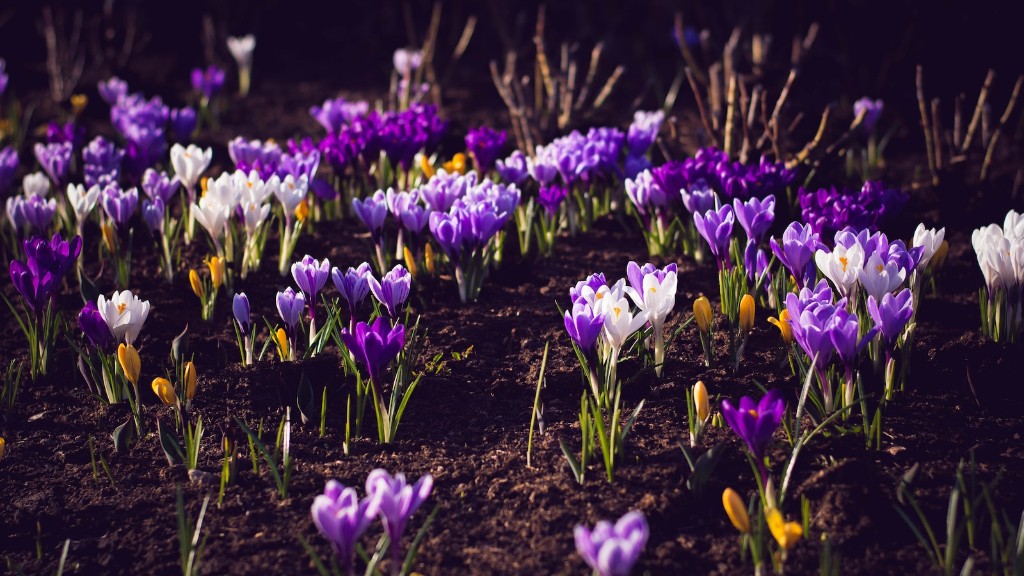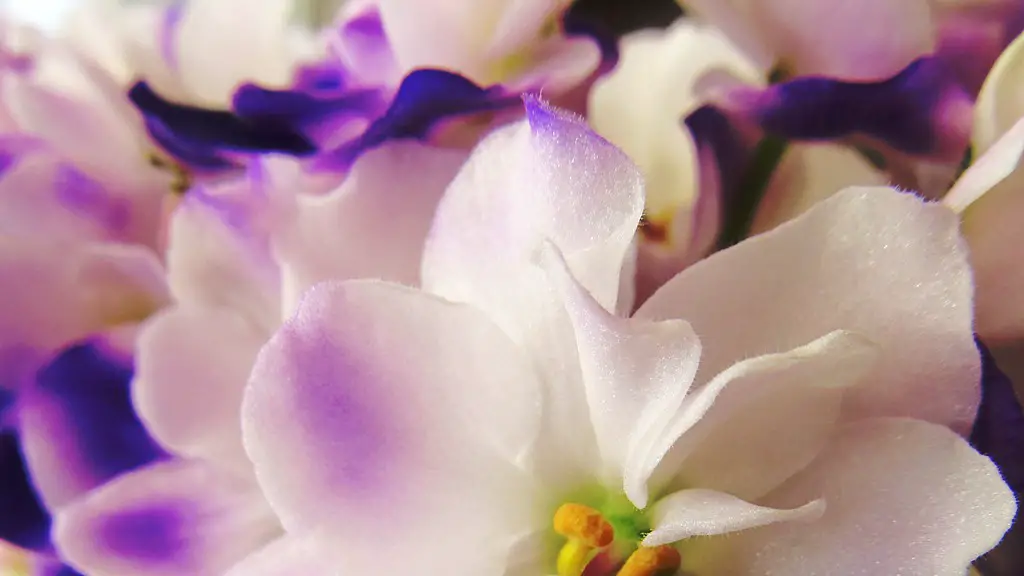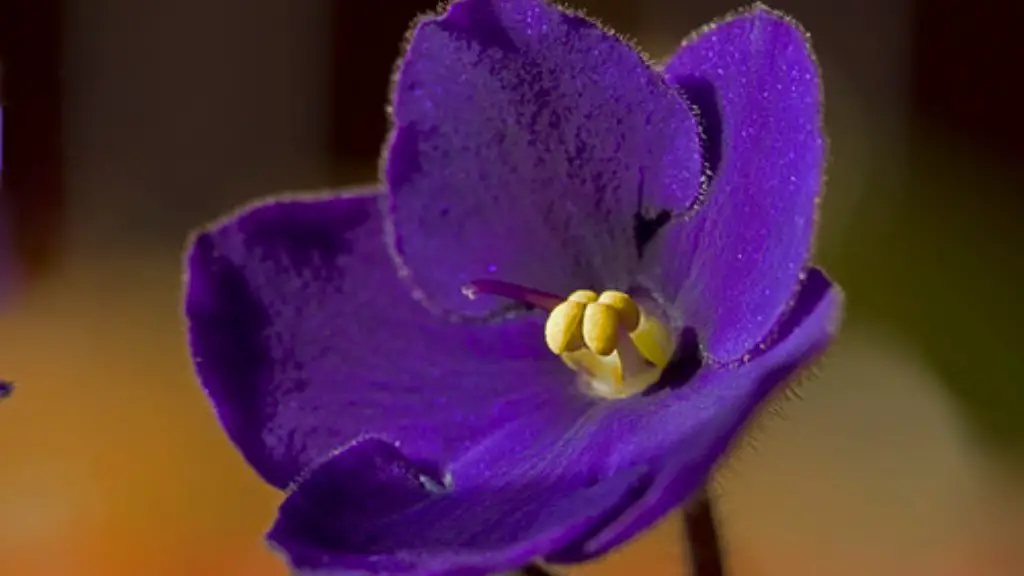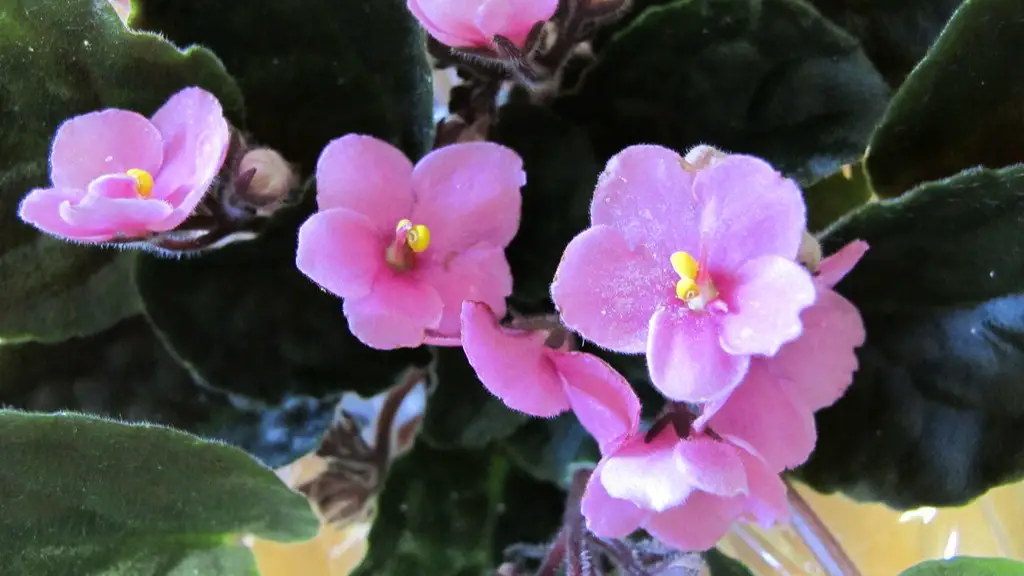Different plants have different ideal growing conditions. African violets need humid conditions to thrive. If you live in a dry climate, you will need to take measures to increase the humidity around your African violets. One way to do this is to use a humidifier. You can also group your plants together to create a microclimate of higher humidity. Be sure to water your plants from the bottom so that the leaves don’t get wet and create an environment for mold to grow. With a little extra care, you can successfully grow African violets in a dry climate.
Yes, African violets need humidity. They are a tropical plant and thrive in humid environments. If you live in a dry climate, you can create a humid environment for your African violet by placing it on a pebble tray or by using a humidifier.
Do African violets need humidity tray?
African violets are beautiful, flowering plants that are popular houseplants. They are relatively easy to care for, but there are a few things to keep in mind in order to keep them healthy and happy.
African violets prefer a humid environment, so it’s a good idea to set them up on a humidity tray (a pebble-lined tray filled with water) or use a humidifier. They also like good drainage and a lot of organic matter in their soil, so be sure to water them regularly and fertilize them accordingly.
With a little bit of care, your African violets will thrive and bloom for years to come!
If you live in a dry area, you may want to set up a humidifier or place your African violets on a shallow tray of pebbles and water. As the water evaporates, this will create some humidity around your plant to keep the leaves and flowers nice and soft.
Where should I put my African violet
African violets are beautiful indoor plants that thrive in bright, indirect light. They need their leaves to stay dry, so a plant stand three feet away from a west- or south-facing window is an ideal location. With regular watering and fertilizing, these plants will produce an abundance of colorful blooms.
If you want your African violet to thrive, it’s important to let it dry out between waterings. Overwatering can kill the plant, as the fine roots need air to survive and soggy soil will prevent that.
Do African violets like misting?
It is important to water African violets carefully, as they are susceptible to crown rot. Do not mist the foliage, as this may cause permanent leaf spotting. Use room-temperature water, and water the crown (the section of the plant at soil level) carefully to avoid saturation.
African violets need to be slightly pot-bound in order to thrive. This means that you should choose a pot that is on the smaller side. A professional tip is to use a pot that is 3-4 inches in diameter for a standard African violet plant.
How do I force my African violet to bloom?
If you’re having trouble getting your African violet to bloom again, try one of these 8 tips:
1. Let There Be Light: African violets need 12-14 hours of light per day, so make sure they’re getting enough exposure to a bright window.
2. Turn Up the Humidity: These plants love humid conditions, so try placing them on a pebble tray or humidifier.
3. Replenish Essential Nutrients: Use a fertilizer high in phosphorus to encourage blooming.
4. Keep it Pleasant: African violets thrive in temperatures around 70 degrees Fahrenheit.
5. Choose the Right Soil: A well-draining, slightly acidic potting mix is ideal.
6. Protect From Pests & Disease: Keep an eye out for pests and treat any problems immediately.
7. Constrict the Roots: Repotting into a smaller pot can help shock the plant into blooming.
8. Be Patient: It can take a few weeks for African violets to bloom after taking these steps.
A wicking system is a great way to make sure your African violets are never over watered. By only watering once a week and allowing the plant to completely dry between waterings, you can help prevent root rot and keep your plants healthy.
How can I encourage my African violet to bloom
The African violet is a beautiful plant that can brighten up any room. However, they can be finicky when it comes to blooming. The most common reason for this is lack of light. African violets need indirect sunlight in order to thrive. Too much direct sunlight can actually burn the leaves. For best results, choose a north- or east- facing window. Additionally, be sure to rotate the pot once a week so all leaves receive light. With a little TLC, your African violet should bloom in no time!
If you’re looking for a pot that will support your African violets, terra cotta is ideal. The porous material allows roots to breath better and prevents soil from staying too wet. Keep in mind that African Violet roots don’t go very deep; they like to go sideways. That means your pot must have suitable drainage holes so you can water from underneath.
Should you touch African violet leaves?
It is generally not recommended to brush the leaves of African violets because doing so can repeatedly damage the plant and reduce its quality and size. If you must touch the plant, be very gentle!
Some people love wild violets for their beauty, while others consider them to be troublesome weeds. Wild violets are very hard to control and have an aggressive behavior, which can make them difficult to work with in a garden or landscaping setting. If you are thinking about adding wild violets to your garden, be sure to do your research and be prepared for the challenges they may present.
What is the proper way to water African violets
Watering your plant is important to keeping it healthy and encourage blooming. Allow the soil to dry out around the roots before watering to encourage blooming. bottom watering with room temperature water by placing the plastic grower’s pot in water, and allowing the plant to absorb the water ( not more than 30 minutes ).
If your African Violet plant has been over-watered, the soil will retain too much water. This retention of water will cause the leaves and /or leaf stems to turn soft, limp or mushy.
How do I know if my African violet needs water?
If you have an African Violet that is not yet blooming, you can wait to water it until the soil is dry to the touch. If your African Violet is already blooming, water it when the soil is dry to the touch, but be sure to not let the plant sit in water.
If you are not sure about the quality of your tap water, it is best to use filtered or distilled water for your African violets. Chlorine levels can fluctuate depending on the season, and in some areas tap water may have high levels of chlorine, chloramines, or dissolved solids. These things can adversely affect your African violets, so filtered or distilled water is best.
Warp Up
Yes, African violets do need humidity. They are native to tropical areas and need high humidity to grow well. There are a few ways to increase the humidity around your African violets. One way is to put them on a tray of pebbles and water. The water will evaporate and increase the humidity around the plants. Another way is to group plants together. This will create a microclimate where the plants can support each other and increase the overall humidity.
There isn’t a definitive answer to this question as different varieties of African violets have different moisture requirements. However, as a general rule, African violets do best in humid environments. If your African violet is not getting enough humidity, you may notice that the leaves are beginning to brown and curl. If this happens, try misting the leaves with water or placing the pot on a tray of pebbles and water.





